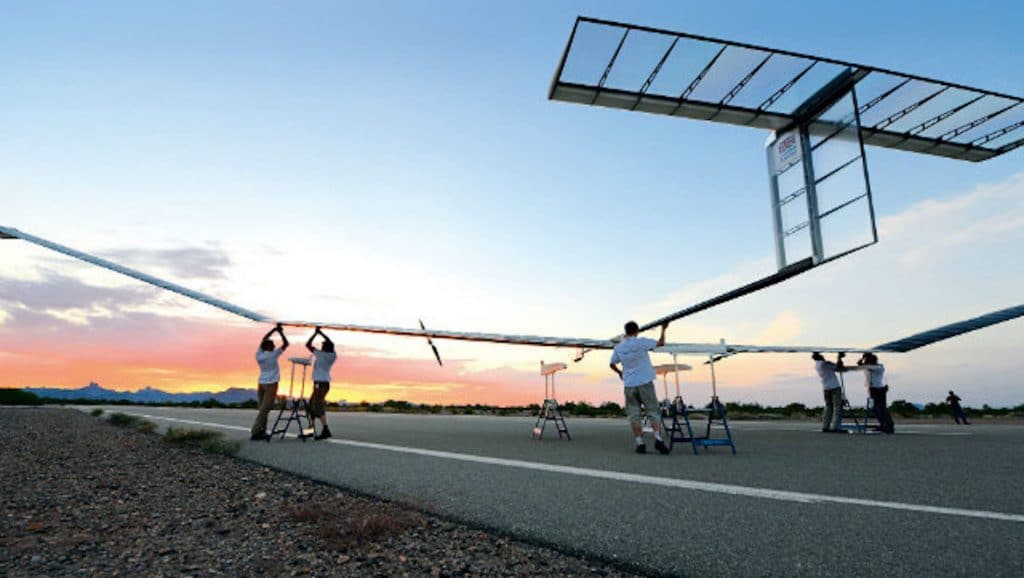
The Australian Transport Safety Bureau has confirmed that an Airbus high-altitude surveillance and communications drone that broke up in-flight in September 2019 did so due to unstable weather conditions.
The Zephyr solar-electric unmanned aerial vehicle (UAV) weighs around 65 kilograms, and requires a crew of at least four people to launch. It can linger at an altitude of around 70,000 feet for months at a time, for the purposes of surveillance or communications.
In this particular instance, the drone was launched from Airbus’ launch site in the north-west of Australia in September last year.
According to the ATSB, around an hour later, the drone had climbed to around 8,000 feet when it began to turn unexpectedly several times.
The report found the Zephy drone had entered an area of “unstable” atmospheric conditions that drastically impacted the drone’s ability to function.
Ultimately, both wings fractured and then separated, seen by the camera mounted to the drone.
“The UAV self-recovered from the first two uncommanded turns, however, the third upset resulted in the aircraft entering an uncontrolled spiral descent,” the ATSB report said.
“Despite attempts to return to controlled flight, the UAV sustained an in-flight break-up.”
The September 2019 flight was the second consecutive failure for the Zephyr program in Australia.
The first launch from the site, based in Wyndham, Western Australia, occurred in March 2019, however also met adverse weather conditions that ultimately resulted in a crash.
According to the ATSB, the initial flight caused no injuries or damage to infrastructure, despite the crash.
The Zephyr program launched in Australia in late 2018, following previous launches at sites in Arizona and Dubai.
Wyndham was chosen for its benign environment and unrestricted airspace. The West Australian sunshine will power the solar electric UAV to allow it to operate above the weather and conventional air traffic to fill a capability gap where satellites aren’t available or require supplementing.
Commenting on the matter, Airbus confirmed that its own investigation resulting in the same findings as that of the ATSB, and the company is investing in the development of better infrastructure for forecasting local weather.
“Following the September 2019 incident, Airbus conducted a thorough internal investigation, in addition to the ATSB, and both reports find the same primary factor that the Zephyr entered unstable environmental conditions, which resulted in loss of the aircraft,” an Airbus spokesperson said.
“We have made several changes since September 2019 and are testing these in our flight program this year.”












